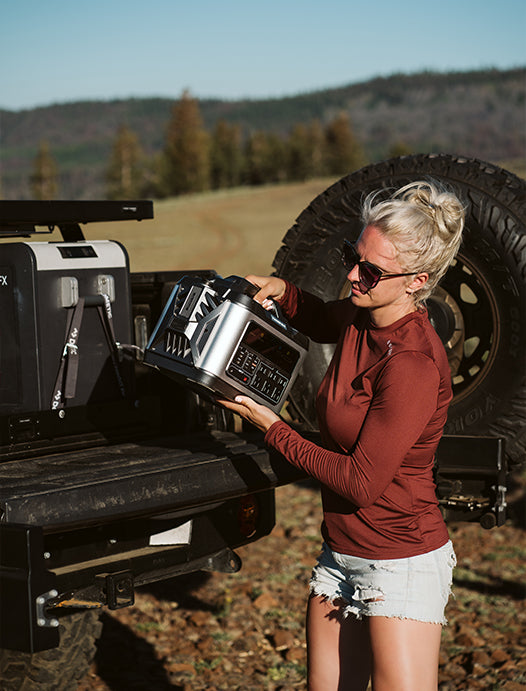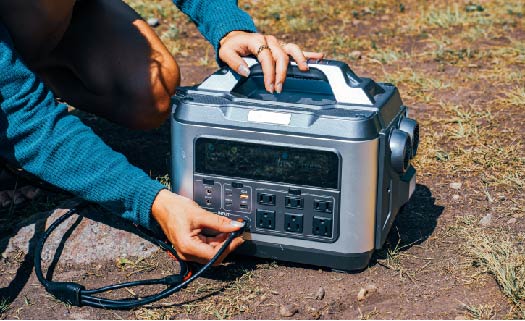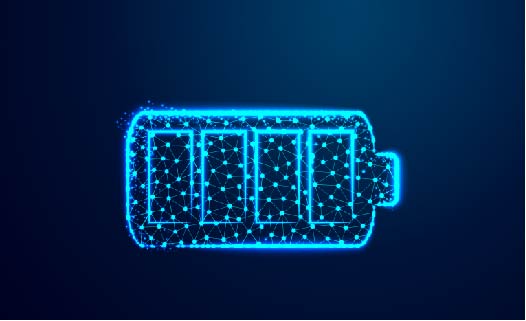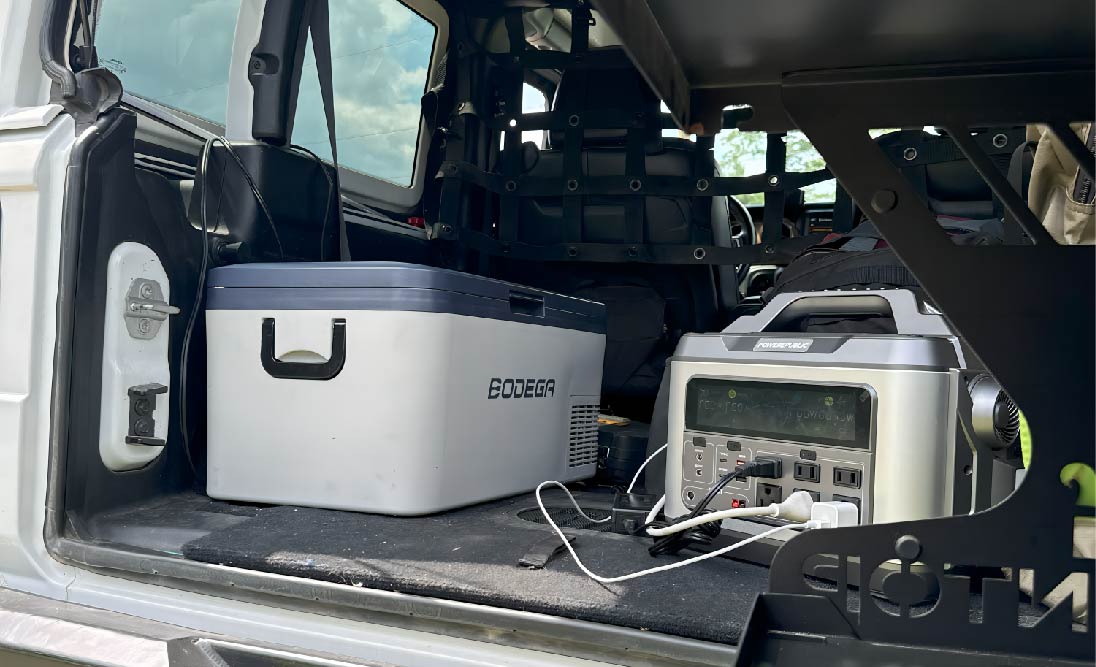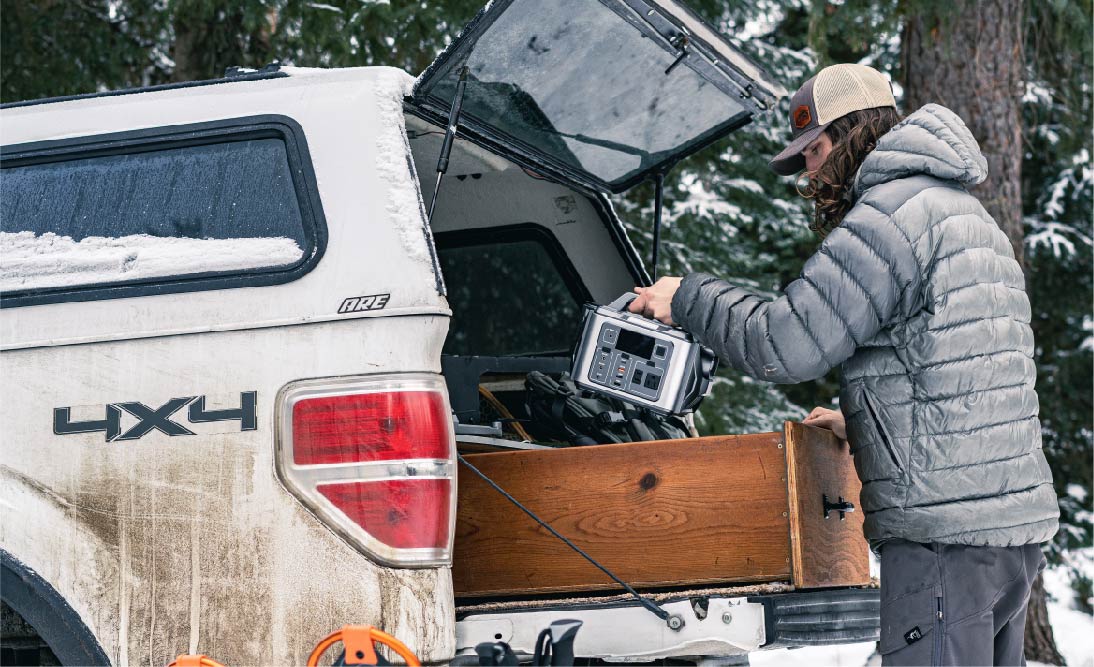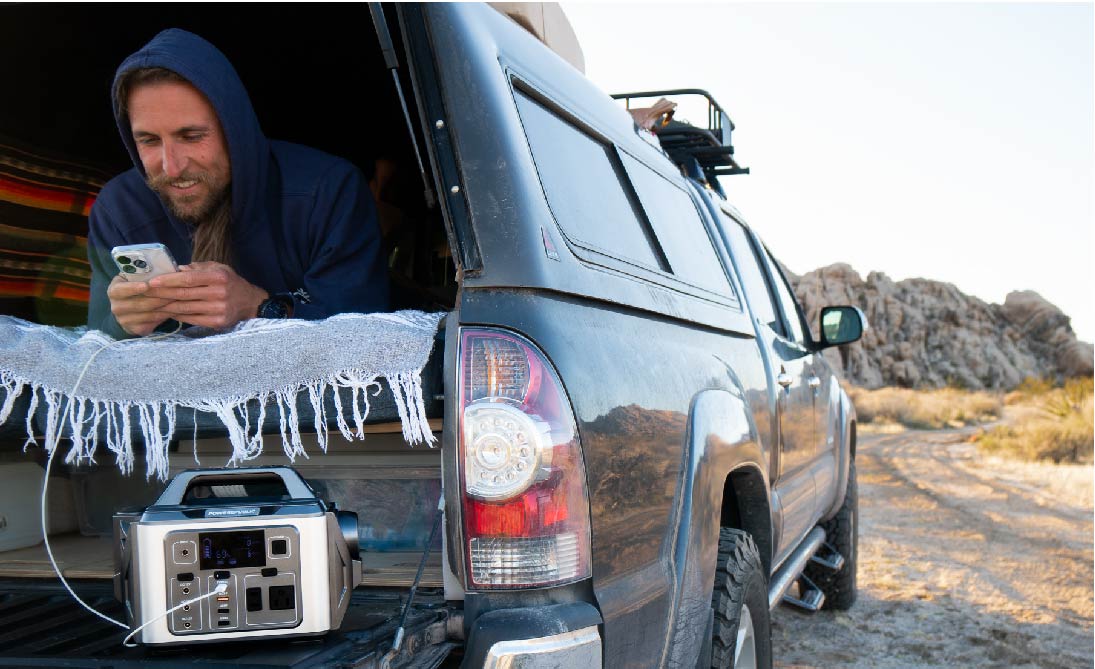If you like fishing, you will find catfish fishing enjoyable as it offers an exhilarating and fulfilling adventure that has captivated the hearts of countless anglers. Regardless of whether you're a seasoned angler or just embarking on this journey, there's nothing quite like the thrill of reeling in a robust catfish. To truly excel in the art of catfish fishing, necessitates a blend of knowledge, skill, and a deep passion.
While catfish fishing doesn't demand a complex setup, understanding catfish behavior, selecting prime locations, and making thorough preparations are essential. In this article, we'll explore the techniques, strategies, and mindset needed to elevate your catfish fishing game to a professional level.
Basics Knowledge About Catfish Fishing
Before gearing up for a catfishing trip, you'll need some fundamental information and knowledge to help you understand the species and what you should prepare. Regarding catfish, there are over 1,000 species worldwide, with 26 of them found in the United States. Moreover, since catfish come in various types, you'll discover them in different sizes.
The smallest catfish measure just around an inch in length, while some can tip the scales at over 300 pounds. Despite the varying sizes and weights, all catfish have one thing in common: the spirited fight they put up when hooked. Catfish sport whiskers that aid them in locating food through vibrations and tracking scents.
What Do Catfish Eat?
In general, catfish have a diverse diet that can vary depending on their species, size, and habitat. While they are primarily bottom feeders, catfish will consume food found throughout the water column. Here are some common foods that catfish eat:
-
Invertebrates: Such as insects, larvae, crayfish, and mollusks. They will scour the bottom, using their barbels (whisker-like sensory organs) to detect food and taste it before consuming it.
-
Fish: Larger species of catfish, such as flat-head and blue catfish, prey on smaller fish, including bait fish like shad, sunfish, and minnows.
-
Amphibians and Reptiles: Catfish will consume amphibians like frogs and tadpoles, as well as small reptiles like snakes and turtles if they have the chance.
-
Plant Matter: They may consume algae, aquatic plants, and decaying organic material found on the bottom of the water bodies they inhabit.
-
Scavenging: Catfish will feed on dead and decaying organic matter. They play an important role in the ecosystem by cleaning up and recycling organic material.
It's important to note that catfish are highly adaptable and can adjust their diet based on available food sources. Their food preferences may vary depending on the season, water temperature, and other factors. When targeting catfish as an angler, make sure you have some basic knowledge about them in mind.
Catfish Fishing Gear

When it comes to catfish fishing, having the right gear is essential for a successful and enjoyable angling experience. Here are the key components:
-
Fishing Rod: Look for a medium to heavy-action rod with a sturdy construction capable of handling the weight of catfish. A rod length between 7 to 9 feet is ideal for catfish fishing, providing the leverage and casting distance needed.
-
Fishing Reel: A spinning reel or a bait-casting reel is commonly used for catfish fishing. Ensure that the reel has a smooth and reliable drag system to handle the runs and fights of catfish.
-
Fishing Line: Mono-filament lines with a test strength ranging from 15 to 30 pounds are popular choices for catfish fishing. Alternatively, braided lines offer increased strength, sensitivity, and abrasion resistance, making them suitable for targeting larger catfish. Consider using a heavier line when targeting larger catfish.
-
Hooks: Circle hooks are a favored option because they increase the likelihood of hooking the fish in the corner of the mouth. This reduces the risk of gut-hooking and enhances your success in catch-and-release. When selecting hooks, go for sizes ranging from 2/0 to 6/0, depending on the anticipated size of the catfish you aim to catch.
-
Sinkers: The weight of the sinker will depend on the current and depth of the water you're fishing. Egg sinkers, bank sinkers, or no-roll sinkers are commonly used for catfish fishing as they prevent your bait from drifting too much.
-
Rigs: The most common rigs include the slip sinker rig, Carolina rig, three-way rig, and float rig. Experiment with different rigs to see which works best for you.
-
Landing Net: Rubber-coated or knot-lessons are gentle on the fish's slime coating and reduce the risk of tangling the hooks.
-
Tackle Box and Accessories: Pack it with extra hooks, sinkers, swivels, leaders, pliers, line clippers, and other essential accessories. Also, consider carrying a fish gripper or gloves for safe handling, a measuring tape or scale to measure your catch, and a camera to capture memorable moments.
-
Portable Power Station: Having a portable power station can not only charge your phone and other appliances and devices; it also powers sonar fish finders and electric fishing rods. POWEREPUBLIC T306 and T1200 portable power stations are great options that you can bring on your fishing trip. These two models are not only easy to carry around, but also powerful enough to keep all your devices charged.
|
Model |
Power & Capacity |
Output Ports |
Time For Recharging |
Equipment |
|
300W/ 296Wh Surge 600W |
2*AC Outputs 2*USB-A Output
1* Quick Charge 1*USB-C Output
1*Car Port 3*D.C. Input
|
100W Solar Panel: 4hrs AC Charging: 4-5hrs Car Charging: 3-4hrs |
Reel(60W): 4hrs Rod(10W): 25hrs USB Lure(2.5W): 100hrs Finder(150W): 1.5hrs Cooler(60W): 4hrs |
|
|
1200W/ 1110Wh Surge 2600W |
2*AC Output 1*USB-A Output 1*Quick Charge
2*USB-C Output 1*Car Port 2*D.C. Input
|
100W Solar Panel: 14-15hrs 200W Solar Panel: 6-7hrs AC Charging: 5hrs Car Charging: 10-11hrs |
Reel(60W): 15-16hrs Rod(10W): 94hrs USB Lure(2.5W): 377hrs Finder(150W): 6hrs Cooler(60W): 15-16hrs |
When & Where to Catfish Fishing: Some Tips

Catfish fishing can be enjoyed year-round, but the timing and location can have a huge impact on your success. Here are some considerations for when and where to go catfish fishing:
-
Season: In general, spring and fall are considered prime catfish seasons. During these times, catfish tend to be more active and feed more frequently. In spring, catfish are often found in shallow areas as they prepare for spawning. In the fall, they are actively feeding to build up energy for the upcoming winter. Summer can also provide excellent catfish fishing opportunities, although it may require adjusting your fishing techniques and targeting deeper areas where catfish seek cooler waters. Winter fishing can be more challenging, as catfish tend to become less active and move to deeper, slow-moving waters.
-
Time of Day: Catfish are known to be more active during low-light periods, such as early morning, late evening, and nighttime. Fishing during these times can increase your chances of hooking into a catfish.
-
Fishing Locations: When selecting a fishing location, consider the specific catfish species you want to target and their preferred habitats. Look for areas with ample cover, such as submerged structures, fallen trees, rocky areas, or deep holes. Catfish often seek out areas with structure for protection and as ambush points to wait for prey.
-
Water Temperature and Conditions: In warmer months, catfish are more active and can be found in shallow areas, especially during feeding times. They may move to deeper areas during hot days or seek out cooler, oxygen-rich spots such as deeper holes or near inflows.
Always check the local fishing regulations and obtain any required permits or licenses before you set out to fish. Moreover, whenever possible, practice catch-and-release to contribute to the preservation of catfish populations and ensure sustainable fishing for future generations.
To boost your chances of a successful catfish fishing adventure, consider factors like the season, time of day, fishing spots, and your knowledge. Be open to experimenting with different techniques and locations, as catfish behavior can vary, and what works in one place may not work in another.
Conclusion
Becoming a proficient catfish angler requires a combination of knowledge, experience, and dedication. By mastering the art of catfish fishing, you can unlock the thrill of hooking into these remarkable fish and increase your chances of success on every outing. Remember that catfish fishing is a continuous learning process. Each fishing trip presents an opportunity to refine your skills, adapt to different conditions, and explore new techniques. Patience, persistence, and a willingness to experiment are key to becoming a catfish fishing pro.
As you embark on your catfish fishing journey, remember to savor the experience. Appreciate the beauty of the waterways, the serenity of nature, and the excitement of a catfish striking your bait. Success in catfish fishing goes beyond the size of the catch; it lies in the memories, camaraderie, and connection with the natural world.
So, grab your gear, explore new fishing locations, and continue to refine your skills. Embrace the challenges, celebrate the victories, and cherish the moments spent in pursuit of catfish. With dedication and a passion for the art of catfish fishing, you can truly become a pro and enjoy the thrill of being hooked on success.
